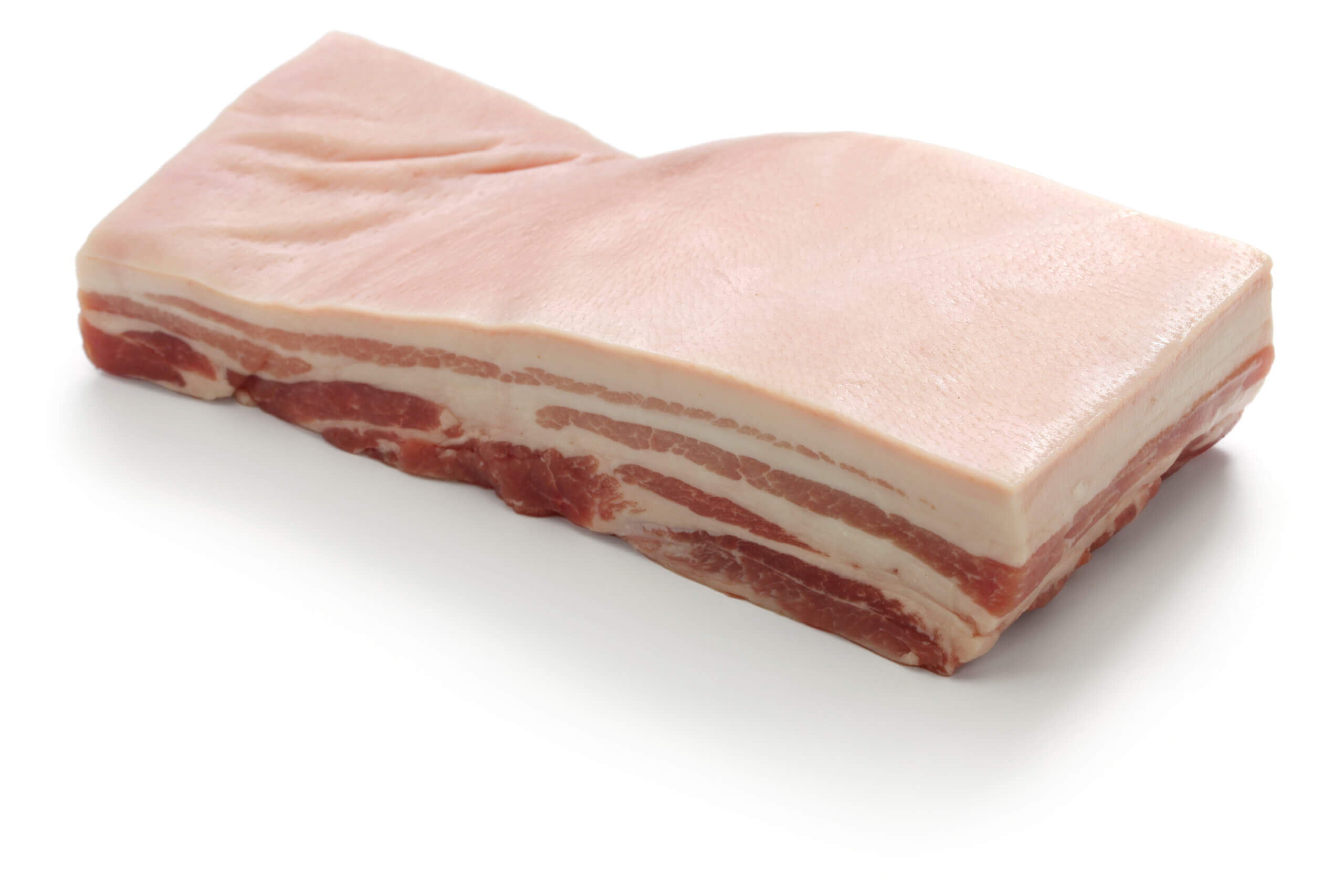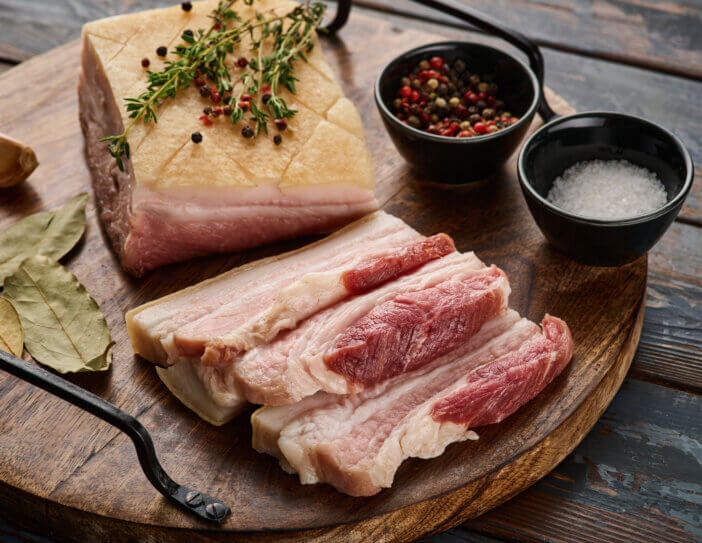10 Tips on How to Choose Pork Belly for Delicious Meals
Selecting the best pork belly involves understanding cuts, thickness, texture, fat ratio, freshness, color, marbling, ethical sourcing, storage, and where to purchase premium quality for delicious culinary creations.

Pork belly is a beloved cut of meat known for its rich flavor and succulence. To ensure you select the best possible pork belly for your culinary needs, follow these 7 pro tips to make an informed and delicious choice.
Disclosure: As an Amazon Associate, this site earns from qualifying purchases. Thank you!
1. Understanding Pork Belly Cuts

Pork belly is not a uniform cut, and understanding the variations is key to picking the perfect piece. There are typically two main cuts of pork belly: skin-on and skinless. Skin-on pork belly is ideal for recipes that require a crispy exterior, like porchetta or crackling, while skinless is better suited for dishes where a softer texture is desired, such as braises or stews.
2. Selecting the Ideal Thickness
Thickness can greatly affect cooking time and methods. A thicker cut, usually around 1.5 to 2 inches, is great for slow roasting or braising, as it retains moisture well and allows for a tender finish. Thinner cuts, on the other hand, are excellent for quick searing or grilling. Consider your cooking method and choose the thickness that matches your recipe requirements.
3. Spotting Quality Meat Texture
The texture of pork belly should be firm to the touch and should spring back when pressed. If the meat feels overly soft or mushy, it may be an indicator of poor quality or improper handling. The surface should be smooth without any excessive moisture, as excess wetness can suggest that the meat has been previously frozen and thawed.
4. Examining Fat to Meat Ratio
An ideal pork belly has a good balance of fat and meat. Look for a cut with even layers of fat interspersed with muscle. This balance is crucial for flavor and will ensure that the meat stays moist and tender during cooking. Too much fat can result in a greasy dish, while too little can make the meat dry and tough.
5. Checking for Freshness Indicators
Freshness is paramount when selecting pork belly. The meat should have a pleasant, slightly sweet smell. Any sour or ammonia-like odors are red flags and suggest the meat is past its prime. Also, check the packaging for a sell-by date to ensure you’re getting the freshest cut possible.
6. Importance of Meat Coloration

Quality pork belly will have a vibrant pink hue. Meat that appears dull or has a grayish color may be a sign of age or poor handling. Additionally, the fat should be white or creamy in color; yellowing fat can indicate oxidation and a decline in freshness.
7. Opting for the Right Marbling
Marbling refers to the small streaks of fat within the muscle tissue. This intramuscular fat is a sign of quality and contributes to the succulence and flavor of the pork belly. Look for cuts with consistent, fine marbling as it will render down during cooking, keeping the meat moist and adding rich flavor.
8. Considerations for Ethical Sourcing
Ethical sourcing of pork belly not only supports sustainable farming practices but can also affect the quality of the meat. Seek out suppliers who raise pigs humanely and use responsible farming methods. Ethically sourced pork often comes from animals that have been allowed to roam free and have been fed a natural diet, resulting in better flavor and texture.
9. Storing Tips Pre-Purchase
Before purchasing pork belly, ensure that the store or butcher maintains proper storage conditions. The meat should be kept at a consistent, cold temperature, ideally below 40°F (4°C). If buying from a butcher, the pork belly should be freshly cut and wrapped in front of you to guarantee freshness.
10. Where to Buy Premium Pork Belly
To buy premium pork belly, visit reputable butchers or specialty meat markets where the staff can provide information about the source and handling of their products. Many upscale grocery stores and online meat purveyors also offer high-quality pork belly, often with detailed descriptions of their sourcing and processing methods.
Choosing the perfect pork belly is an art that combines knowledge of cuts, quality indicators, and ethical considerations. By following these pro tips, you can ensure a delicious outcome for your next culinary creation, whether it’s a slow-cooked delicacy or a sumptuous grilled feast.






